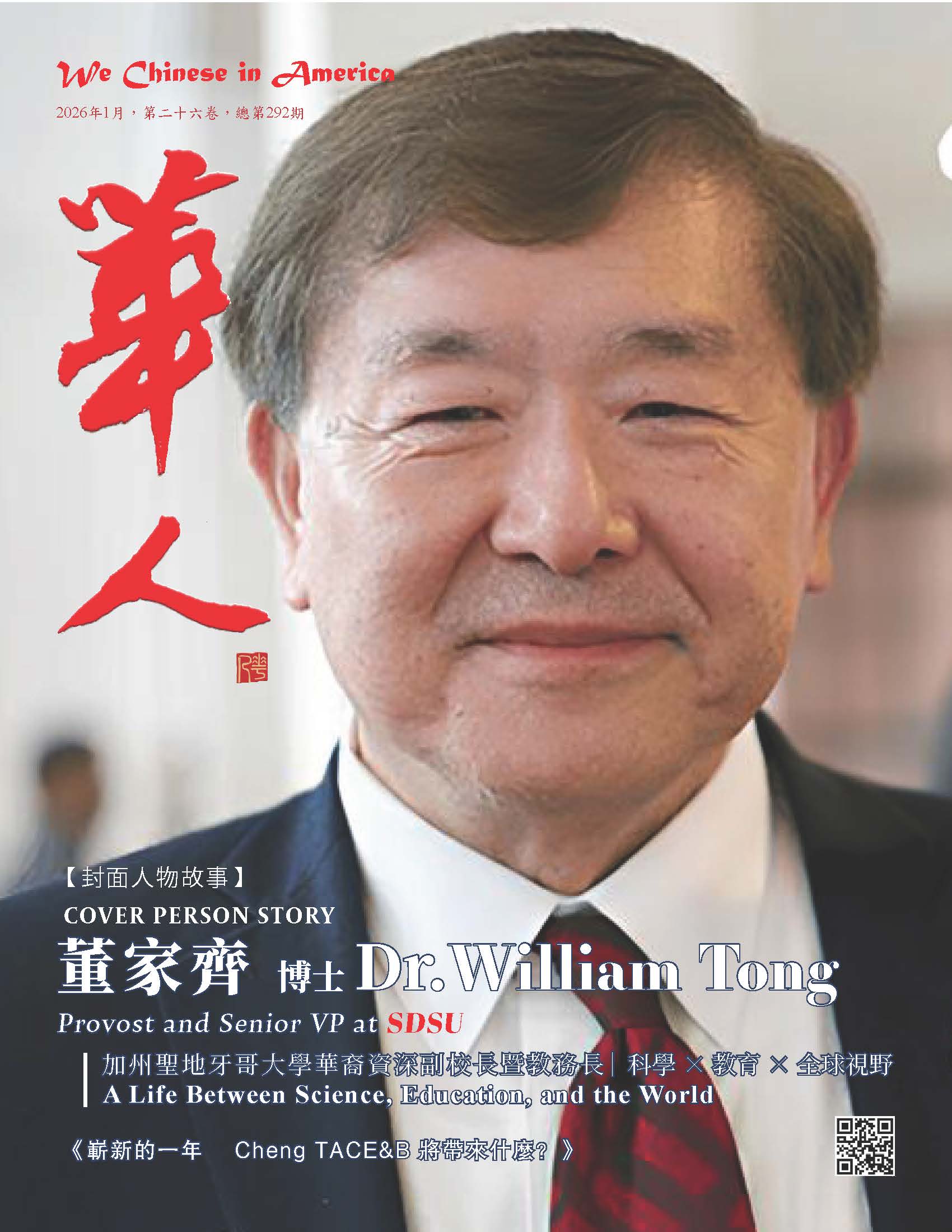
What Japan has learned from its own deadly crowd crushes?
【《We Chinese in America》Media Editor Tang Zhao, November4, 2022】Saturday’s crush disaster in Seoul, which killed 154 people including two Japanese, has surely left many people in Japan wondering: just how safe are crowds in Japan? (Policemen stand guard on Sunday at the scene where a crush during Halloween festivities killed and injured many people in Seoul’s popular Itaewon district. Photo Credit: YONHAP / VIA REUTERS)
The police and government significantly stepped up crowd control measures in the wake of a pedestrian crush after a fireworks show in 2001 in Akashi, Hyogo Prefecture, which left 11 people dead and 247 injured, experts say. That disaster — considered by police to be a “disgrace” — led to the creation of a variety of police manuals on congestion control, and has made it standard practice for organizers of major events such as fireworks festivals and sports games to prepare detailed security plans and consult with local police beforehand.
But spontaneous large-scale gatherings for which there are no clear organizers responsible for crowd safety — such as with Saturday’s Halloween celebrations in the South Korean capital’s Itaewon district — are harder to control, and Japan isn’t immune from the risk of deadly crushes, experts say.
Katsuhiro Nishinari, a professor at the University of Tokyo’s Research Center for Advanced Science and Technology and a crowd management expert, said most measures should be in place before an event actually takes place. He added that, based on media reports, the crush in Itaewon was likely exacerbated by an insufficient police presence at the site.
I read in media reports that the narrow road was packed and there was no escape path on either side,” Nishinari said. “There’s a limit to how many people can cram into such a space.
“I think the accident may have been avoided had police officers controlled people’s movement at both ends of the alley, nudging people to move along and alerting them to how crowded the area was.”
Nishinari, who has studied 500 crowd disasters worldwide from over the past century, said Saturday’s Halloween crush resembles an incident in March 2010 that took place in Tokyo’s Harajuku district when a rumor of celebrity sightings set off a crowd surge on the similarly narrow Takeshita Street, causing some people to fall on top of each other. No one was killed in that incident, but four teenage girls were taken to the hospital after being stepped on by others or starting to hyperventilate, according to news reports from the time.
Mob psychology also comes into play. In 2002, a year after the deadly crush in Akashi, Hyogo Prefectural Police released a 120-page manual on crowd policing. It defines a crowd as a cluster of individuals whose age, gender and ideological backgrounds vary and who are not united by a single organization or a shared goal.
Such groups can be easily influenced by a groundless rumor or joke, and they also easily become excited and emotional, the manual says. In addition, individuals are more likely to resort to violent behavior when they become worried about a possible accident, it says.
The manual urges event organizers to calculate the expected crowd density beforehand, factoring in differences in clothing depending on the season.
Nishinari, who was involved in crowd management planning for the Tokyo Olympics, says congestion starts when there are more than two people in a 1 square-meter space.
A packed train — a common sight in Tokyo — has about six people in that space, but it rarely causes panic because people hardly move inside, he said.
“But if the number gets close to 10, an accident could happen at any time (even in a still crowd),” he said. Crowd density at Saturday’s scene was likely higher than that, he said.
So what should each of us do to avoid injury if we end up in an extremely congested space?
Nishinari said that if there’s no side route offering an escape, there’s not much people can do except to lift themselves up from the crowd by hanging onto a pole or climbing a wall, as suffocation is a major cause of death in such situations.
“You need to make sure you have an escape route at all times,” he said.










